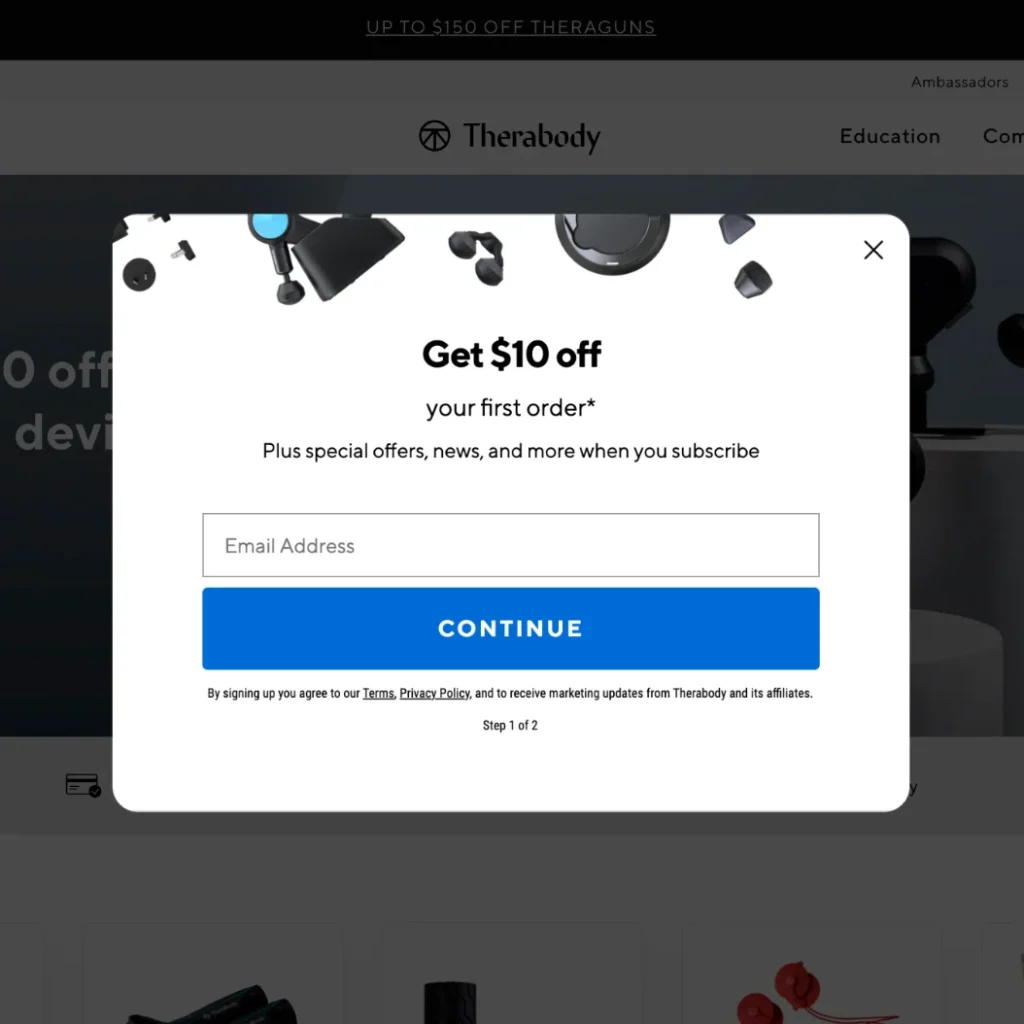
UX and pop-ups: How to avoid irritating your visitors?
Pop-ups are powerful tools for capturing leads, but poor usage can quickly harm the user experience. So, how can you avoid irritating your visitors while maximizing the effectiveness of these notifications? In this article, we will explore the UX challenges associated with pop-ups and the strategies to design notifications that are both engaging and non-intrusive. We will also analyze concrete examples and recommended practices to optimize their impact. Read this article to discover how to harmonize UX and performance in your digital strategy.
The UX Challenges in Using Pop-ups
To optimize conversion, it is essential to understand how user experience (UX) influences the effectiveness of pop-ups. Poorly integrated notifications can quickly become intrusive, deteriorate navigation, and cause significant frustration for your visitors. Well-thought-out UX practices allow for the creation of pop-ups that attract attention without disrupting the overall user experience of the site. Thus, by aligning design, timing, and personalization, you turn these tools into conversion levers rather than obstacles to engagement.

Impact on User Experience
Poorly designed pop-ups can significantly disrupt navigation and harm your brand’s perception. For example, recent studies indicate that an inappropriate appearance of pop-ups can increase the bounce rate by nearly 30%. Several factors contribute to this negative impact, such as:
- Inappropriate Timing: Displaying too early, before the user has had time to engage.
- Intrusive Design: Use of bright colors or overly aggressive animations that distract from the main content.
- Insufficient Close Options: Close buttons that are poorly visible or difficult to activate.
These elements disrupt the user experience, decrease trust, and affect the credibility of your site.
Common Mistakes and Statistical Examples
Additionally, certain recurring mistakes worsen the situation. The lack of customization, for instance, leads to generic pop-ups that do not address the specific needs of your visitors. Likewise, excessive display frequency can saturate the user and create lasting aversion. A survey conducted in 2023 reveals that 65% of internet users abandon a site due to the abusive use of pop-ups. These statistics highlight the importance of precise calibration to maintain a balance between lead capture and a smooth user experience, which is essential for optimizing conversion and retaining your audience.
Strategies for Designing Non-Intrusive Pop-ups
To transform your pop-ups into conversion levers without compromising user experience, it is essential to adopt a balanced approach between attractive design and respectful interaction. By integrating personalization and adjusted timing, you capture your visitors’ attention without overwhelming them. This section details concrete methods for designing effective notifications that encourage conversion while maintaining a harmonious UX.

Best Design Practices
To start, prioritize a clean design that is consistent with your site’s visual identity. Plan the display of pop-ups based on key behaviors, such as time spent on the page or exit intent. Ensure you provide a clear and accessible close option. Adopt segmentation to tailor your messages to different visitor profiles, thus ensuring a personalized and non-intrusive experience.
Testing, Optimization, and Recommended Tools
Next, implement A/B testing to identify the optimal moment and most engaging format. Use advanced analytics tools, such as Poosh, to track performance and adjust your strategies in real-time. These practices will allow you to measure the impact of each notification and continuously optimize your campaigns to maximize conversion while maintaining an impeccable user experience.
In conclusion, adopting a non-intrusive pop-up strategy is essential to preserve an optimal user experience and boost conversion. By combining clean design, personalization, and regular testing, you transform each notification into a tool for effectively capturing leads.